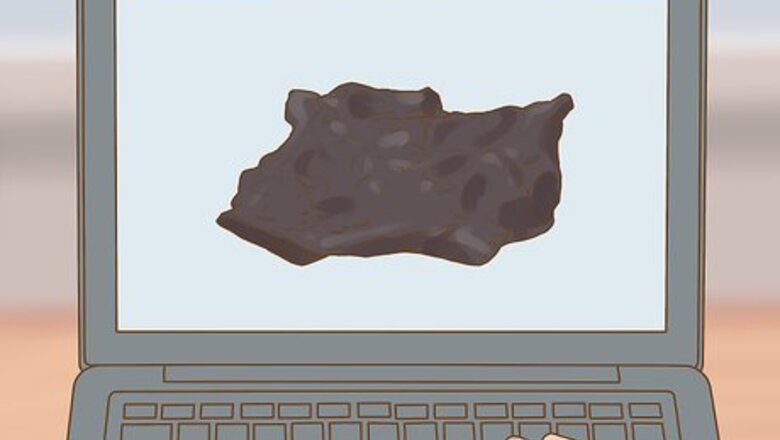
views
Choosing a Location
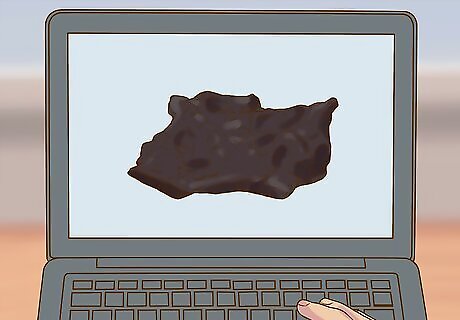
Look through a database. Scientists and meteorite enthusiasts keep up to date records of where they find meteorites. You can look online for databases, such as the Meteoritical Society’s database, that show the areas that produce the most meteorite discoveries. Pinpointing the nearest “hot spot” for meteorites is a great start to finding your own.
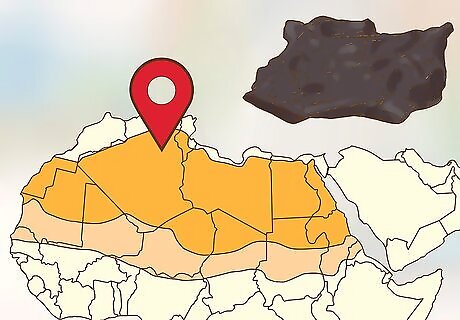
Choose a warm, arid climate. Moisture and damp climates will deteriorate a meteorite relatively quickly. Your best shot at finding an intact meteorite is to look in a place that stays hot and dry. Deserts are one of the best climates to search. Dried up lake beds are great, too. For example, more meteorites have been found in the Sahara than any other place on Earth.
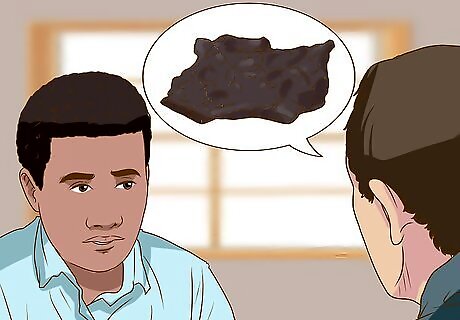
Get permission to search the area. Before you take off scouring the Earth in search of meteorites, take a moment to think about who owns the land you are searching. If the land is owned privately, you will need the owner’s permission before searching it. Public lands follow different rules depending on the particular jurisdiction, but you always need permission to search any public lands. If it is privately owned land, you need to ask the landowner for permission to be on the property. If the land is publicly owned (e.g. a park) you need permission from the governing body to search it, and permission to keep the meteorite if you find it. Some areas classify them as artifacts, meaning that they belong to the municipality rather than the discoverer.
Hunting a Meteorite
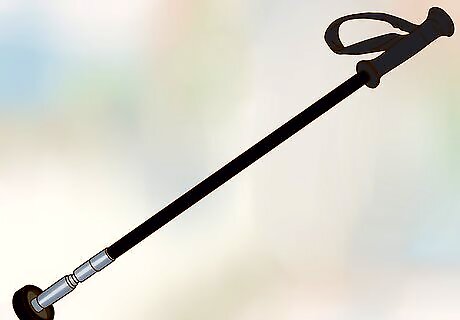
Buy or make a meteorite stick. While the name might suggest something exotic, a meteorite stick is a simple stick with a magnet at the end of it. You can stick the end to rocks on the ground to test for magnetic properties. If a rock has magnetic properties, then there’s a chance that it could be a meteorite and warrants further investigation. Using a long stick will prevent you from continually bending over to see if individual rocks are magnetic.
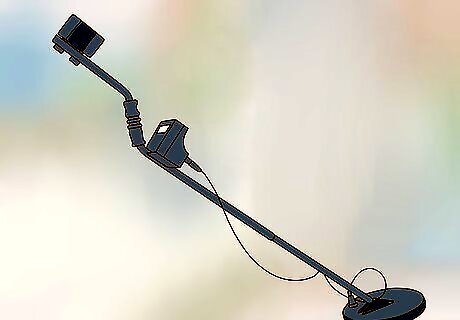
Get a good metal detector. You should get a metal detector that is made to search for gold. These are the most accurate metal detectors. Go to the location that you intend to search and run the coil of the metal detector along the ground to scan for meteorites underneath the surface. Good, used metal detectors generally cost between $250 and $400. There is no need to buy a new one for a higher price. The metal detector is more sensitive than a meteorite stick, but less convenient to use. You should keep both with you.
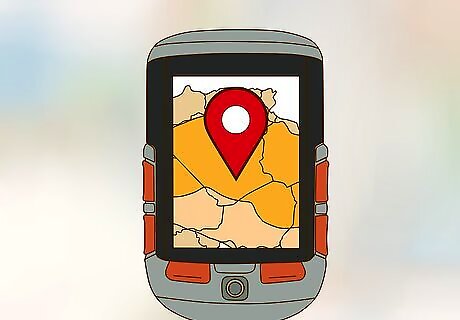
Bring a GPS. A GPS will serve you in two ways. First, it will help you keep track of your position in case you get lost. Second, it allows you to mark the location of any meteorites that you find. If you do find a meteorite, marking its location is important. This allows you to upload it to the meteorite databases and help map the location of meteorites.
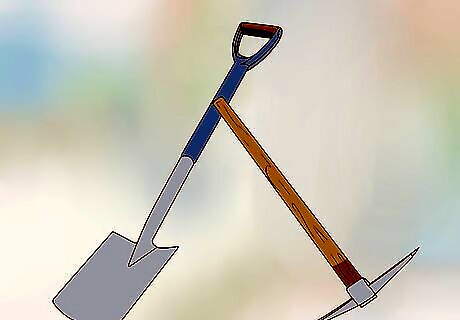
Be prepared to dig. Sometimes, you can find meteorites just lying on the ground. Other times, your metal detector will pick up a signal from something deep in the ground. Bring along a pickaxe and a spade to help you dig up any potential meteorites.
Identifying a Meteorite
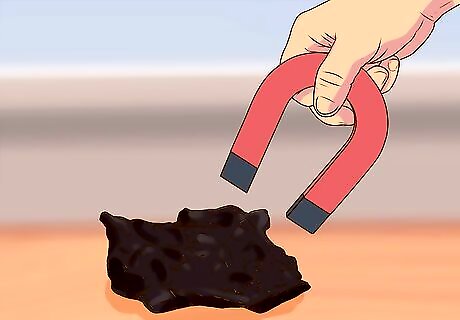
Test the rock for magnetic properties. Testing the rock for magnetic properties can be done rather quickly. Just hold a magnet near the rock to determine if there is any interaction. This can even be done with the magnet at the tip of your meteorite stick. Most meteorites have magnetic properties. Keep in mind that some terrestrial rocks also have magnetic properties.
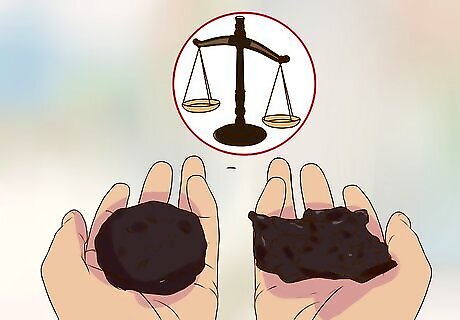
Observe the density of the rock. Because of their high iron and nickel content, meteorites are rather dense. They are often denser than most terrestrial rocks. This can be loosely translated to being heavier than other rocks their size. Pick up the rock and analyze how heavy it feels versus what you would expect a rock that size to feel like.
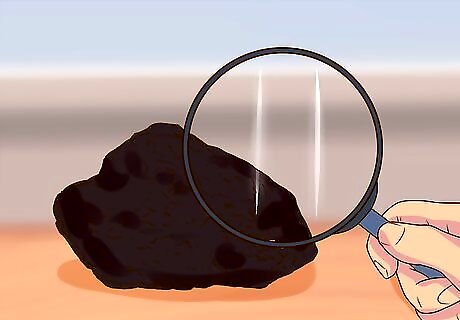
Look for common meteorite traits. While not all meteorites share the same characteristics, there are some common traits that can be found in most of them. If you can identify one or more of these traits, there’s a good chance that you have a found a meteorite. Four specific traits to look for are: A metallic shine on the surface of the rock Small rounded pieces of stones on the surface (these are known as chondrules) A black or brown coating known as fusion crust (this is produced by the extreme heat of flying through the atmosphere) Small dents covering the surface of the rock (this is regmaglypt texture or thumbprints)
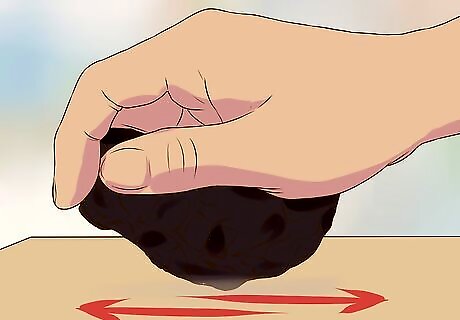
Do a streak test. Try dragging the rock in question across a streak plate or a piece of paper. If it leaves a streak, it is probably a terrestrial rock. If it doesn’t leave a streak, or if the streak is weak and gray in color, it might be a meteorite. A streak plate is generally made of unglazed ceramic. You can find them online or in rock/mineral testing kits.




















Comments
0 comment